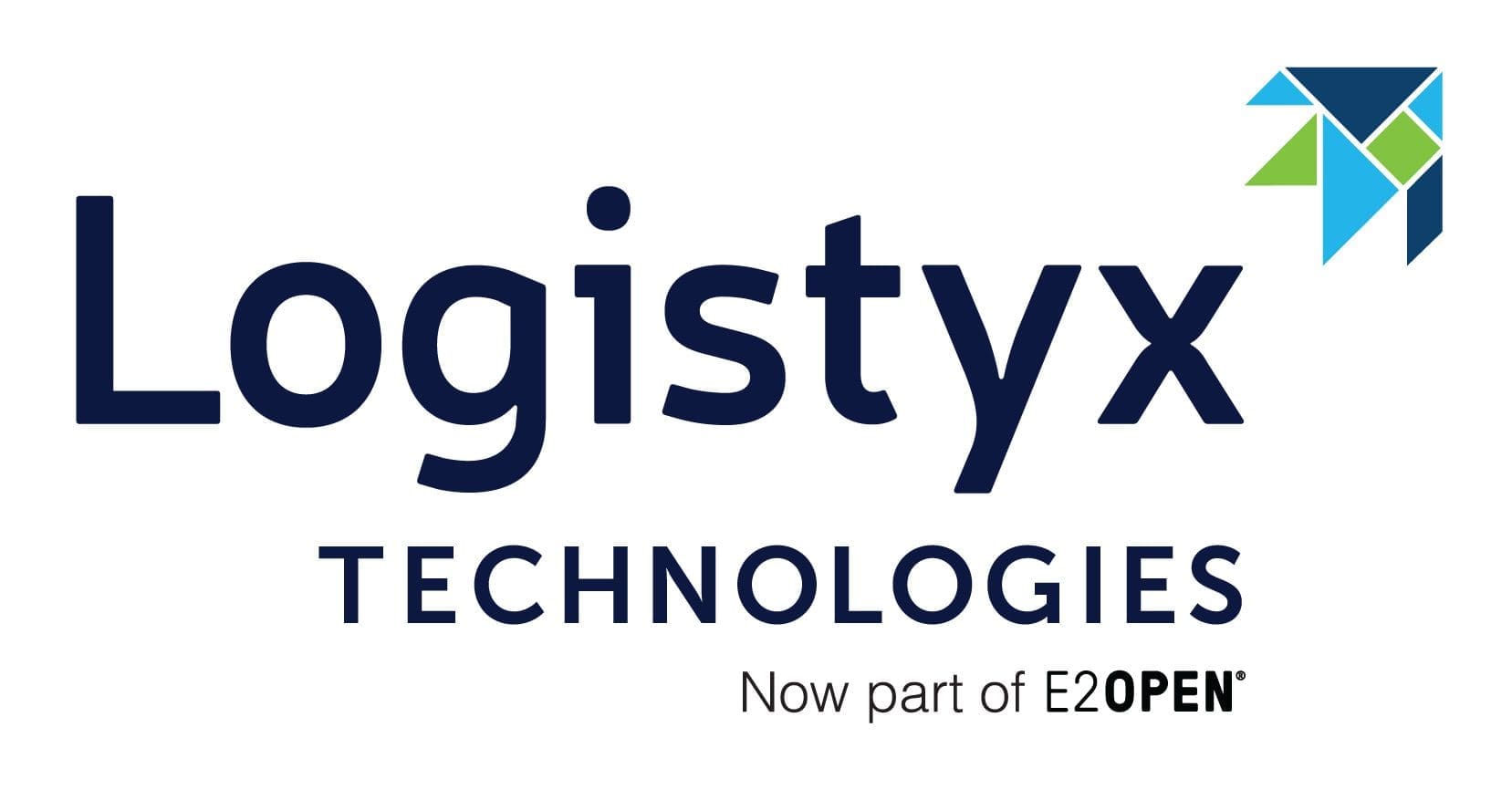 In-depth Analysis of Overseas Expansion Models for Chinese Software Enterprises
In-depth Analysis of Overseas Expansion Models for Chinese Software Enterprises
Driven by the global digitalization trend, the software industry has become a focal point of global economic competition. After accumulating rich experience and technical strength in the domestic market, Chinese software enterprises are actively seeking to expand into overseas markets to enhance their international competitiveness and market share.
The choice of overseas expansion models is crucial for enterprises’ success in overseas markets, as different models have their respective characteristics and applicable scenarios. This article deeply analyzes three main models for Chinese software enterprises to go global: expanding alongside clients, partnering with local agents, and relying on local subsidiary operations. It explores their core logics, typical cases, advantages, and challenges, aiming to provide valuable references for the overseas expansion of Chinese software enterprises.
Expanding Alongside Clients – Deeply Bound to the Industrial Chain
Core Logic
With the global layout of Chinese manufacturing and the vigorous development of cross-border e-commerce, many Chinese enterprises have established factories or expanded their businesses overseas. Software enterprises follow these clients abroad, providing supporting software solutions such as Warehouse Management Systems (WMS) and Enterprise Resource Planning (ERP). The core of this model lies in closely centering on clients’ overseas business needs, forming a collaborative development pattern of “where clients are, services follow.” By extending the good cooperative relationship established with clients domestically to overseas markets, it achieves deep integration of software services with clients’ businesses, meets clients’ personalized needs in different regions, and jointly addresses challenges in overseas markets.
Typical Cases
- Haofang WMS and Xiaomi: As a global renowned smartphone brand, Xiaomi has invested heavily in the Indian market. Haofang WMS provided a professional WMS for Xiaomi’s overseas warehouse in Bangalore, India. Through the implementation of this system, Xiaomi’s delivery time in India was significantly shortened from the original 7-10 days to 2-3 days. The efficient logistics and distribution services greatly enhanced the competitiveness of Xiaomi’s products in the Indian market, helping Xiaomi become the smartphone brand with the largest market share in India. Haofang WMS also accumulated rich industry experience and customer reputation in the Indian market through cooperation with Xiaomi, laying a solid foundation for further expanding into India and surrounding markets.
- SIS Global and CIMC Group: As a global leading supplier of logistics and energy equipment, CIMC Group has a large and complex semi-trailer export project in the Middle East. SIS Global provided an integrated WMS + TMS (Transportation Management System) solution for CIMC Lighthouse’s project in the Middle East. The solution supports multi-warehouse collaborative operations and realizes full-process traceability of cross-border logistics. After implementation, the order processing efficiency of CIMC Group’s Middle East project increased by approximately 40%, effectively reducing logistics costs and improving customer satisfaction. Through cooperation with CIMC Group, Juling Supply Chain successfully entered the Middle East market, demonstrating the service capabilities of Chinese software enterprises in complex cross-border projects.
Advantages and Challenges
Advantages:
- Clear customer needs: Due to the existing cooperation foundation with clients domestically, software enterprises have an in-depth understanding of clients’ business processes and requirements. In overseas projects, clients’ needs are relatively clear, reducing the costs of requirement research and communication, and enabling projects to be implemented more quickly.
- Replicable domestic success experience: The experience and solutions accumulated by software enterprises in serving similar clients domestically can be partially replicated to overseas projects. This helps reduce project implementation risks, improve project success rates, and quickly adapt to some of the needs of overseas clients.
- Close cooperative relationship: In-depth cooperation with clients overseas can further strengthen the strategic partnership between the two sides. Software enterprises can continue to provide services as clients’ businesses expand, achieving common growth, and attract more cooperation opportunities from peer enterprises through clients’ word-of-mouth promotion.
Challenges:
- Adaptation to overseas local regulations: Regulatory policies vary greatly across different countries and regions. For example, India’s BIS certification has strict requirements for product quality and safety standards. Software enterprises need to ensure that their products and services comply with local regulations, which may involve product function adjustments, tedious certification procedures, and in-depth research on local regulations, increasing the enterprise’s operational costs and time costs.
- Differences in supply chain ecosystems: Overseas supply chain ecosystems differ significantly from those in China, including logistics infrastructure, supplier systems, labor markets, and other aspects. Software enterprises need to quickly adapt to these differences and optimize their software solutions to ensure good compatibility with the local supply chain ecosystem. For example, in regions with relatively backward logistics infrastructure, special designs for WMS system distribution strategies may be required.
Expanding via Agents – Leveraging Local Resources to Penetrate Markets
Core Logic
Cooperating with local overseas agents is an effective way for Chinese software enterprises to quickly enter target markets. Local agents have rich channel resources, in-depth industry experience, and localized service capabilities. By establishing cooperative relationships with agents, software enterprises can leverage their advantages in the local market to promote software products to target customer groups. Agents are responsible for product promotion, sales, and localized services, while software enterprises focus on product research and development and technical support, complementing each other’s advantages to jointly 开拓 overseas markets.
Typical Cases
- FLUX: FLUX successfully promoted its WMS products to the Australian market through cooperation with Australian agent networks. Relying on their familiarity with the local market, agents accurately positioned target customers, such as manufacturing and logistics warehousing enterprises. Through localized marketing and services, FLUX WMS quickly gained market recognition in Australia, with the number of customers increasing and market share gradually expanding.
- Best Software and Southeast Asian Agents: In the Southeast Asian market, Best Software closely cooperated with local agents to promote WMS systems. For the work habits of Southeast Asian employees, agents carried out a work order-based transformation of the system. This transformation reduced the system’s learning cost by approximately 60%, enabling employees to get started with the use more quickly. The good user experience has brought an excellent result of a customer retention rate of over 90%, and Best Software has gained a firm foothold in the Southeast Asian market with the help of agents.
Advantages and Challenges
Advantages:
- Lower market entry costs: Compared with setting up branches independently, cooperating with agents can greatly reduce market entry costs. Software enterprises do not need to invest a lot of funds in overseas office space rental, personnel recruitment and training, etc., reducing initial capital pressure and operational risks.
- Avoid cultural differences risks: Local agents have a deep understanding of local culture, business habits, and market needs, and can better communicate and cooperate with local customers. Software enterprises can 借助 the localized advantages of agents to avoid market promotion and customer service problems caused by cultural differences and improve product acceptance.
- Rapid market coverage: Agents have mature channel resources and sales networks, which can quickly promote software products to all corners of the target market. Software enterprises can reach many potential customers in a short time, improving brand awareness and market share.
Challenges:
- Uneven technical capabilities of agents: The technical strength and service levels of different agents vary. Some agents may not have an in-depth technical understanding of software products, and cannot accurately convey product value in the process of product promotion and service, or even affect the customer experience due to technical problems. Software enterprises need to establish strict agent screening mechanisms to ensure that agents have certain technical capabilities and service levels.
- Construction of training and support systems: In order to ensure that agents can effectively promote and service software products, software enterprises need to establish a sound training and support system. This includes product technical training, sales skills training, and continuous technical support for agents. The construction of training and support systems requires a lot of investment in human, material, and time costs, and needs to be continuously optimized and updated to adapt to product upgrades and market changes.
Relying on Subsidiaries – Localized Operations to Build Barriers
Core Logic
Establishing wholly-owned subsidiaries in target markets is an important strategy for Chinese software enterprises to achieve deep localized operations. Through subsidiaries, enterprises can realize comprehensive localization of research and development, sales, and services. In terms of research and development, carry out customized development and optimization of products according to local market needs and user habits; in terms of sales, form a localized sales team, deeply understand local customer needs, and formulate targeted marketing strategies; in terms of services, establish a localized service team to provide customers with timely and efficient technical support and after-sales services. This model helps enterprises deeply integrate into the local industrial chain, enhance brand influence, and build long-term and stable market competition barriers.
Typical Cases
- FLUX Southeast Asia Branch: FLUX set up a branch in the Philippines, focusing on the 3PL (Third-Party Logistics) market. Relying on the rich scenario experience accumulated in the logistics software field, the branch has an in-depth understanding of the business needs of local 3PL enterprises and provides them with customized software solutions. Through localized operations and services, FLUX Southeast Asia Branch has become the preferred partner of local leading enterprises and occupies an important position in the 3PL market in the Philippines and surrounding areas.
- JD Logistics’ European Self-Operated Warehouses: JD Logistics has set up self-operated warehouses in Germany and Poland and provides customized WMS services through local teams. The local team has an in-depth understanding of the needs of European customers and has carried out targeted optimization of the WMS system, such as meeting the strict data security and privacy regulations in Europe. In 2024, JD Logistics’ revenue in the European market increased by 120% year-on-year, and customers covered international logistics providers such as DHL and DB Schenker. Through localized operations, JD Logistics has established a good brand image in the European market and enhanced its market competitiveness.
Advantages and Challenges
Advantages:
- Deep control over service quality: By setting up branches, software enterprises can directly manage sales and service teams to ensure the consistency and stability of service quality. Enterprises can quickly adjust service strategies according to local customer needs, provide more personalized and professional services, and improve customer satisfaction.
- Rapid response to customer needs: Localized teams can more timely understand customer needs and market changes and quickly respond to customer feedback and problems. Compared with enterprises headquartered domestically, branches have obvious advantages in communication efficiency and decision-making speed, and can better meet local customers’ requirements for service timeliness.
- Enhance brand influence: Localized operations help enterprises integrate into the local community and business environment and enhance brand awareness and reputation locally. By participating in local industry activities, establishing cooperative relationships with local enterprises, etc., enterprises can enhance their brand image, establish a good corporate citizen image, and thus gain broader recognition and support in the local market.
Challenges:
- High initial investment: Setting up branches requires a lot of funds for office space rental, personnel recruitment and training, market promotion, etc. In addition, it is also necessary to deal with complex administrative procedures such as local registration and tax declaration, with high initial operating costs and a long capital recovery period.
- Data compliance issues: Different countries and regions have different regulatory requirements for data security and privacy protection. For example, the EU’s GDPR (General Data Protection Regulation) has strict provisions on enterprises’ data collection, storage, use, and transmission. Software enterprises need to ensure that their business operations comply with local data compliance requirements, which may involve system architecture adjustments, data security technology upgrades, and the establishment of compliance processes, increasing the enterprise’s operational difficulty and cost.
- Localized talent recruitment: Recruiting suitable localized talent is the key to the operation of branches. In some regions, there may be problems such as a shortage of software technical talents and fierce talent competition. Enterprises need to formulate attractive compensation and benefits policies and talent development plans to attract and retain excellent localized talents, and at the same time, they need to solve problems such as cultural integration to ensure the efficient collaboration of the team.
Conclusion
In the process of going global, the three models of “expanding alongside clients,” “expanding via agents,” and “relying on local subsidiary operations” for Chinese software enterprises each have their own advantages and disadvantages. Enterprises should flexibly choose suitable overseas expansion models according to their own strategic goals, product characteristics, resource strength, and the specific conditi
















